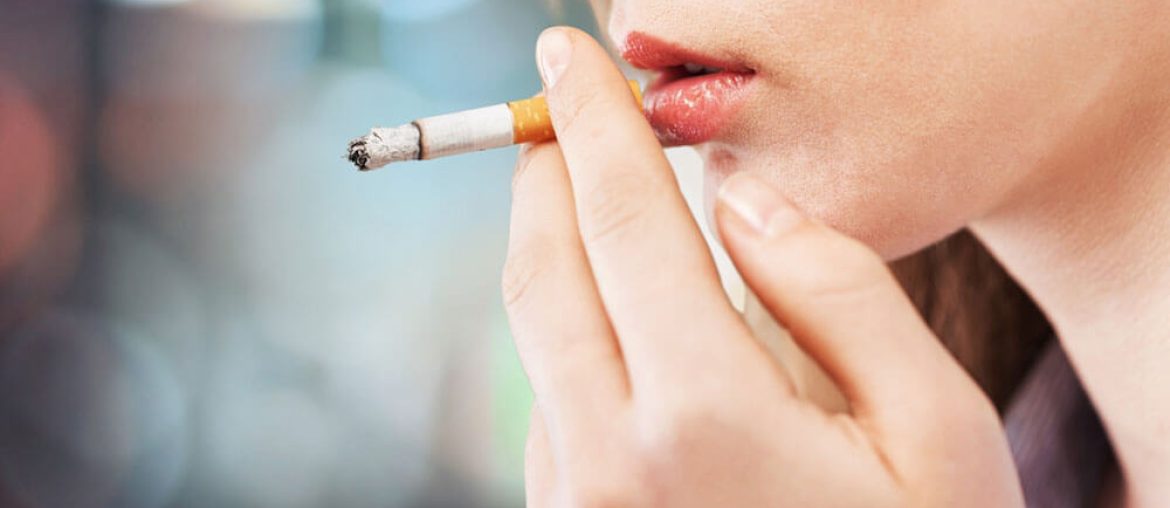Smoking Withdrawal Symptoms
One of the reasons that nicotine is believed to be an addictive drug is the variety of physical symptoms and certain feels are experienced when the drug is stopped. These are called physical and psychological withdrawal or symptoms of recovery. They are signs that the body is healing and adjusting itself back to when it was nicotine-free.
Because each person’s smoking habit is unique, her recovery experience in quitting will be as well. The variation of feelings, symptoms, and degrees of discomfort will be unique to each smoker. Most symptoms are temporary and decrease sharply during the first few days of cessation, followed by a continued, but slower rate in decline in the following weeks. For some smokers, dealing with withdrawal symptoms may be like “riding a roller coaster” with sharp turns, and ups and downs. The good news is that most symptoms will pass within two to four weeks after quitting.
Remember: having even one cigarette after you have tried to quit will only cause symptoms of recovery to return and last longer.
| Symptom | Cause | Duration | Management |
| Craving | Physical addiction to nicotine, habits, and psychological dependence; the body misses nicotine and sends signals by giving you cravings to smoke | Most frequent during first 2-3 days, may continue for months or years | Wait out the urgeDistract yourselfExerciseNicotine Replacement Therapy (NRT) |
| Emotional Symptoms: Irritability, Impatience, Anger, Sadness | Body’s physical and emotional craving for nicotine | 2 to 4 weeks | Express your emotionsAsk others to be patientRelaxation techniquesWalks, hot bathsNRT |
| Fatigue | No longer have nicotine as an artificial stimulant in the body | 2 to 4 weeks | Take napsIncrease physical activityDo not push yourself |
| Sleep Disturbances: Difficulty Falling Asleep, Waking Up to Early, Frequent Awakenings | Nicotine affects brain wave functions, influences sleep patterns; dreams about smoking are common | A few days | Increase awake activityAvoid caffeine after 6pmDeep breathing to relaxRegular sleep patternsDrink milk before bed |
| Dizziness or Light-Headedness | Carbon Monoxide is no longer robbing blood cells of oxygen, you are now functioning on a normal supply and need to adjust | to 2 days | Take extra cautionChange position slowlyThis feeling will pass |
| Lack of Concentration | Body needs time to adjust to not having a constant stimulation from nicotine | A few days | Plan work accordinglyAvoid additional stressesAvoid caffeine |
Benefits to Quitting Smoking
How the body repairs itself –
After 20 minutes:
- Blood pressure drops to normal
- Pulse rate drops to normal
- Body temperature of hands and feet increase to normal
After 8 hours:
- Oxygen level in blood increases to normal
After 24 hours:
- Chance of heart attack decreases
- Less short of breath
After 36 hours:
- Carbon monoxide returns to non-smoking levels
After 48 hours:
- Nerve endings start re-growings
- Ability to smell and taste is enhanced
After 2-3 weeks:
- Circulation improves
- Walking becomes easier
- Lung function increases up to 30%
After 1-9 months:
- Coughing, sinus congestion, fatigue, shortness of breath decreases
- Cilia re-grow in lungs, increasing the ability to handle mucus, clean the lungs, and reduce infection
- Body’s overall energy increases
After 1 year:
- Excess risk of coronary heart disease is half that of a smoker
After 5 years:
- Lung cancer death rate for average former smoker decreases by almost half
- Stroke risk is reduced to that of a non-smoker 5-15 years
After 10 years:
- Lung cancer death rate similar to that of non-smokers
- Pre-cancerous cells are replaced
- Risk of cancer of the mouth, throat, esophagus, bladder, kidney, and pancreas decreases
After 15 years:
- Risk of coronary heart disease is that of a non-smoker


















